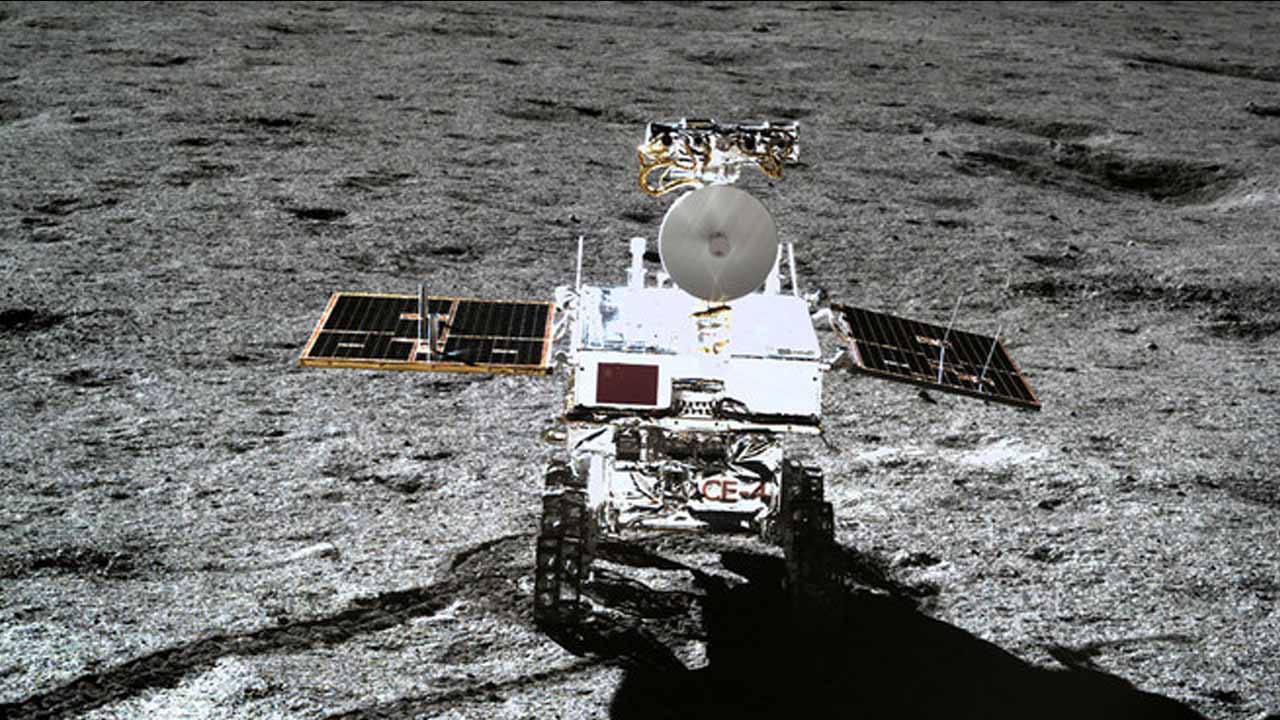Pakistan has recently entered into a partnership with China to participate in a groundbreaking project aimed at establishing a research station on the moon’s enigmatic south pole, an area filled with scientific intrigue and mysteries.
The collaboration was initiated during a significant moment at the Third Road and Belt Forum (BRF) in Beijing, where Pakistan’s caretaker Prime Minister, Anwar ul Haq Kakar, and Chinese Premier Li Qiang jointly witnessed the signing of an initial cooperation agreement.
Under the agreement, the China National Space Administration and Pakistan will collaborate on various aspects of the Chinese lunar base program, with a focus on engineering and operational elements. China, with a goal to become a prominent space power by 2030, has already garnered support from countries like Russia, Venezuela, and South Africa. Their ambitious objective is to land Chinese astronauts on the moon by the close of this decade.
This venture’s timeline aligns with NASA’s ambitious Artemis program, which aims to return American astronauts to the lunar surface by December 2025, barring any delays. Notably, India achieved a historic milestone in August by being the first country to reach the unexplored south pole of the moon, an area perpetually hidden from Earth’s view.
This successful mission made India the fourth nation in the world to land on the moon and the first to softly land a spacecraft near the moon’s south pole, shortly after a Russian mission faced challenges.
The United States and India have their lunar exploration goals set. They plan to send astronauts to the moon by 2025 and 2040, respectively. It is worth noting that the last time humans set foot on the moon was in 1972 during the US Apollo program. With multiple nations now investing in lunar exploration, the moon is poised to become a significant focal point for future scientific and space endeavors.






